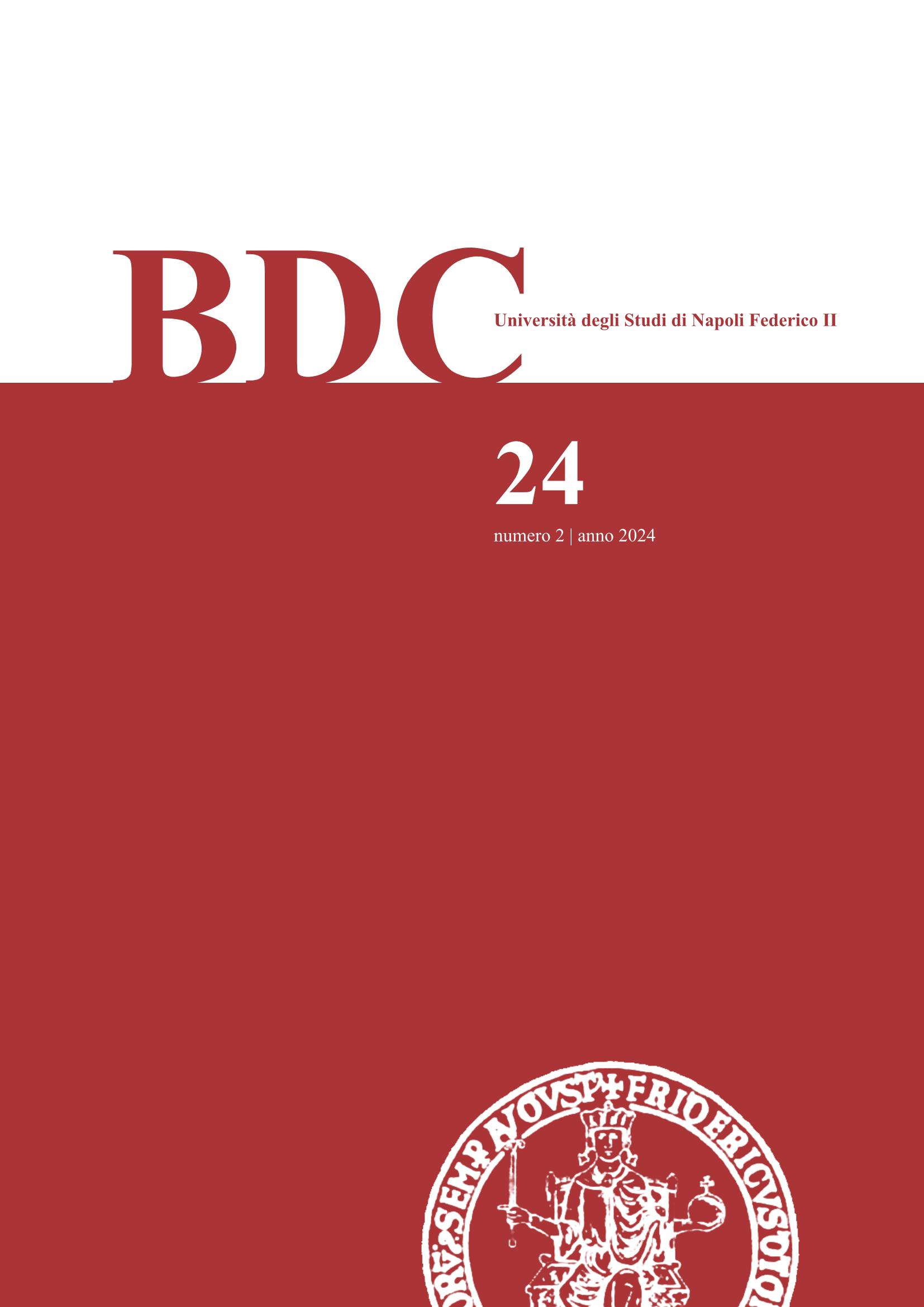Beyond emerging. Just, multi-species, convivial and food-related urban ecosystem services in two food forests in Sicily and California
DOI:
https://doi.org/10.6093/2284-4732/11442Abstract
Cities are simultaneously contributors to climate change and hotspots for its effects, which unevenly impact urban populations. At the same time, cities are leading the way in developing experimental solutions, with urban planning and design playing a pivotal role in fostering equitable and biodiverse urban environments. The discourse on urban ecosystem services, particularly those provided by nature-based solutions and green and blue infrastructures, exemplifies this effort. This paper advocates for the inclusion of food and multispecies justice and conviviality within the academic discussion, sectoral regulations and professional practices regarding urban ecosystem services. We posit that food forests, which emulate natural forest ecosystems to provide food for humans while benefiting other species and the ecosystem as a whole, are exemplary models offering more equitable, multispecies, and food-related urban ecosystem services. Our argument is supported through an analysis of two case studies – one in Sicily and one in California. These case studies reveal both
significant commonalities and crucial differences, highlighting an ongoing challenge: transitioning from experimental and emerging practices to more mainstream and institutionalized ones.
Keywords: food forest, urban ecosystem services, food justice, multispecies justice, ecological design

